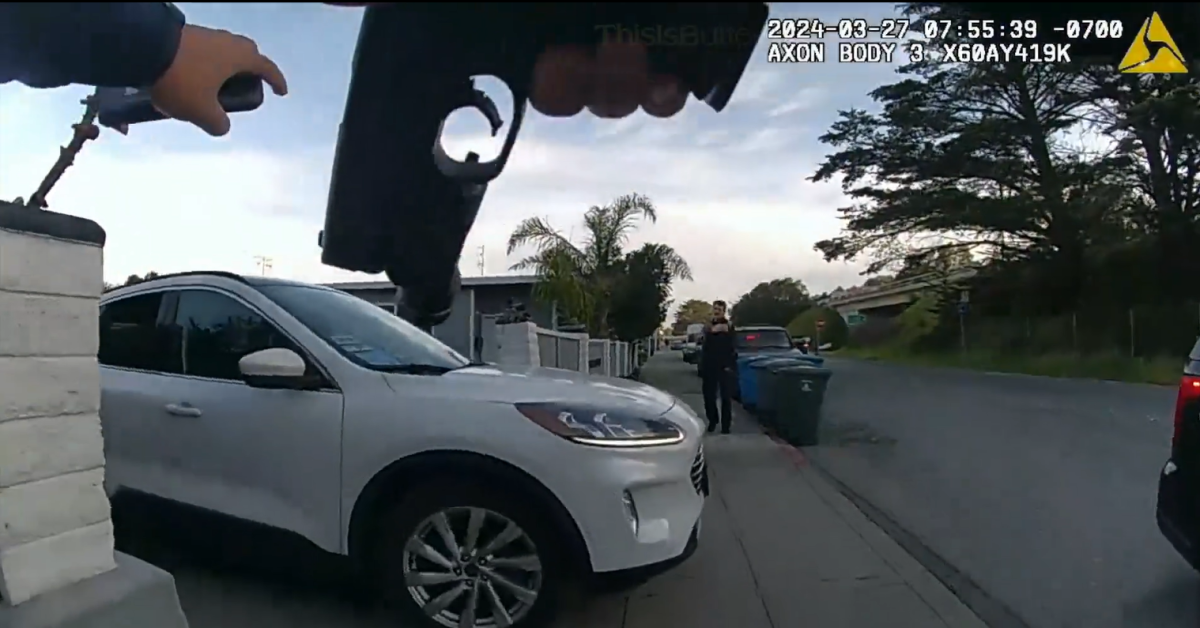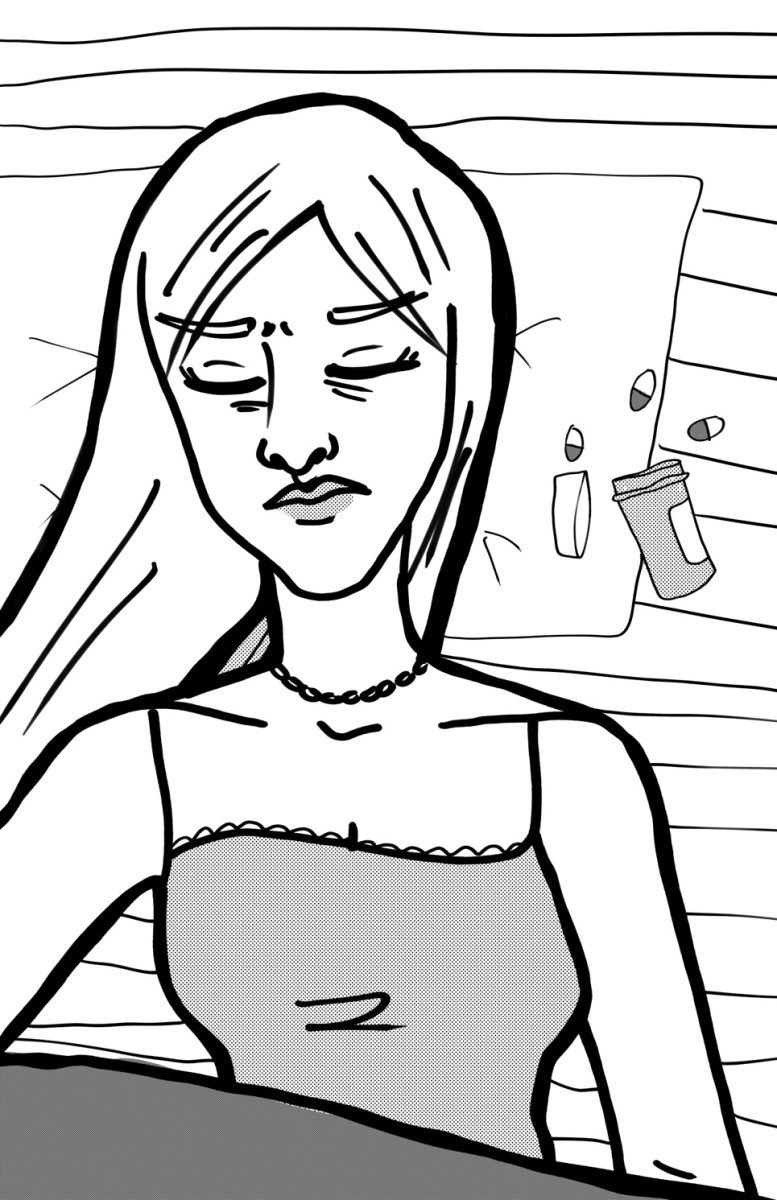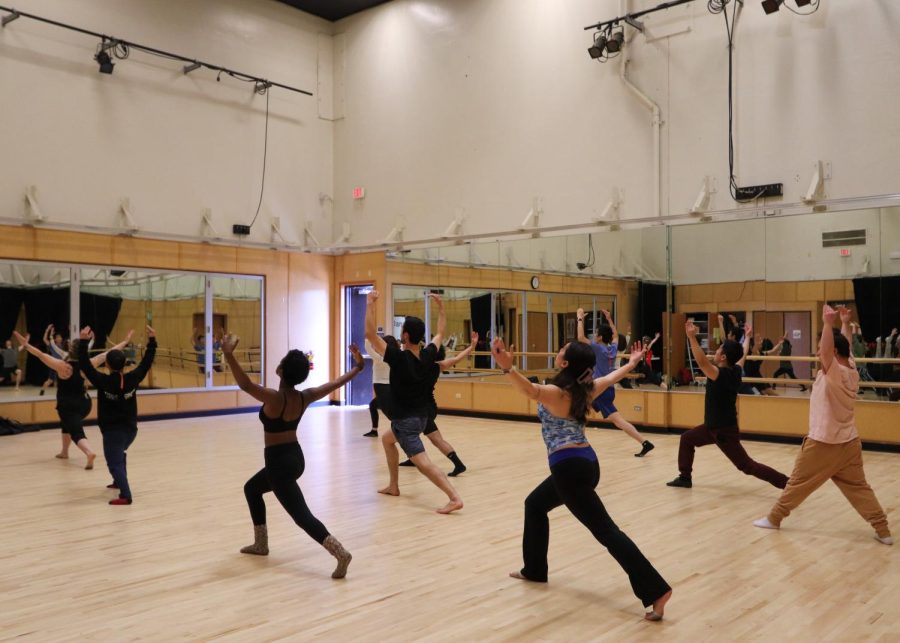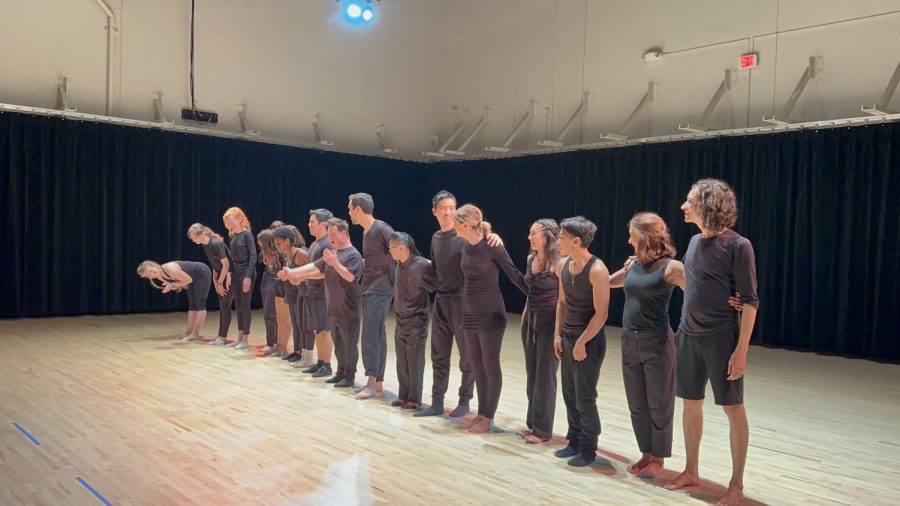“This is all really a story waiting to be told,” said Richard Inokuchi. “Right now, we’re in chapter one of maybe 12 chapters.”The story in question just so happens to be about the massive renovations and building project currently underway at Skyline College. It is a story that affects every single student, staff and faculty member. Even Inokuchi, the supervisor of campus facilities, has to put up with the racket and mess of construction. Just outside his office, infrastructure piping is being laid for a new facilities and maintenance building.”Right now, we’re in a pre-WWII Coast Guard barracks facility, basically,” he said. The actual building, however, will not begin until roughly spring of 2007. And you thought the construction was an inconvenience.This is not to say that students have to wait any longer to see things changing-changes are being made right before the eyes of those on campus every day, from the turf installation at the track, to the addition of extra parking, to the move of the entire athletics department to the old Pacific Heights campus, and not to mention the upcoming groundbreaking for the new student service center and science annex.”We’re scratching the surface right now,” Inokuchi said. “It’s been talked about. A lot of preplanning, a lot of design criteria and ideas from both the students, faculty and staff, and, to a certain extent, the community what our buildings should look like, what we need inside. But now we’re at the eleventh hour and we’ve got engineers that are prepared to show up in September and start building these two buildings.”While the groundbreaking of building 6 (Student Support Community Services Center a.k.a. Student Union) and 7A (science annex) is the most prominent construction event happening, it is the combination small changes throughout the campus that has thrown the students and faculty for a loop. And speaking of loops, many questions have arisen in the wake of the closure of the loop road.”I know that at the district office, our community relations person sent mailers out to the community, because a lot of that community uses the loop road,” he said. “Of course, the students on campus use it a lot, and we knew that closing it anywhere would have a significant impact, but we felt we needed to, as to create a pedestrian passageway. At the same time, due to a lot of the construction traffic, we didn’t want to get into a situation where we would have a lot of student’s vehicles running head on into a dumpster or a dump truck.”Also affected by the loop closure was the placement of the bus stops on campus. No longer able to use the through road, the logical place for the stops was the former visitor parking lot behind building 2.”We went round and round and we came to a consensus,” he said. “We went to Samtrans and asked them what they needed-some modifications to light poles and curbs, and a few other things, so that work is still going on. We wanted to still keep it at the center of campus and afford accessibility to those that have mobility issues. We couldn’t just say, ‘Well, we’re not going to have busses anymore. It’s too hectic up here.'” Still, not all of the constructions efforts around are creating problems. On the first day of the semester, the facilities department found that extra temporary spaces were needed to avert an even tougher parking situation than usual, resulting from the closure of the dirt overflow lot next to the track. Space was found behind Loma Chica and the Skyline daycare and more than 80 slots were chalked in.”I think it’s helped,” Inokuchi said “We know that the campus will always have parking issues, but we just don’t have the landscape to accommodate. We’re going to eventually create a cut-over road so that you can cut over from lot 5 to the back of Pacific Heights. We’re also going to create 90 extra spaces at lot 5 too.”Ultimately, Inokuchi feels that current efforts are moving smoothly, despite being behind schedule occasionally, dealing with rainy weather, or any other obstacle that might come the school’s way.”The time schedule that we’ve all agreed to, not necessarily the students but the campus and the administration, and to a certain extent the community, they wanted to see some progress being made,” he said. “But the price of progress is sometimes chaos and change-it’s going to be a little dustier, a little noisier, we’ll have to reroute traffic sometimes, but we’ll get through it.”
Categories:
Building towards a better college experience at Skyline
Elizabeth Sinclair-Smith
•
September 7, 2004
Story continues below advertisement
More to Discover








